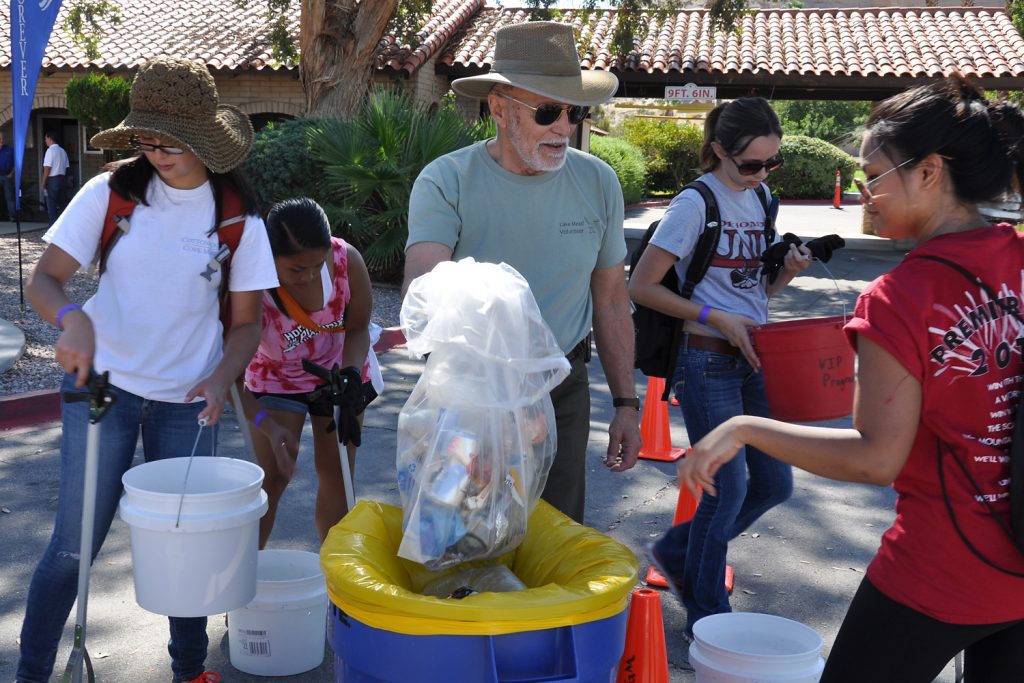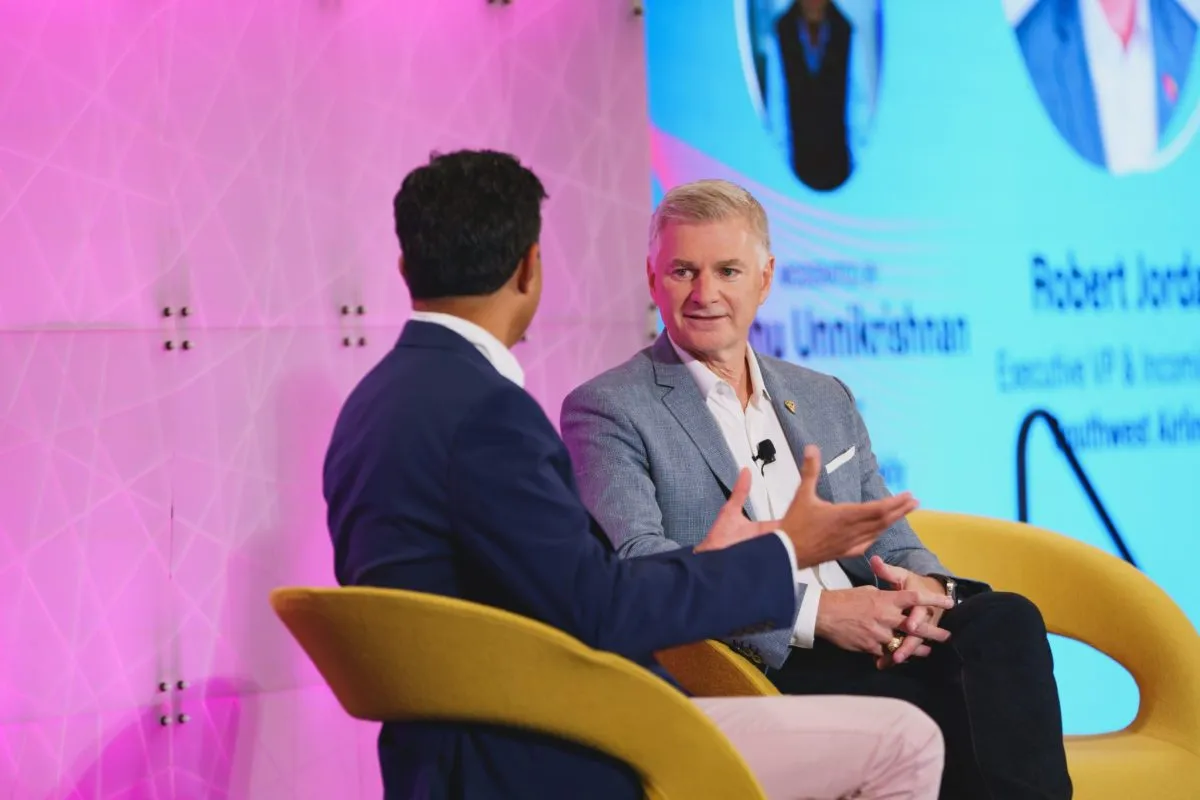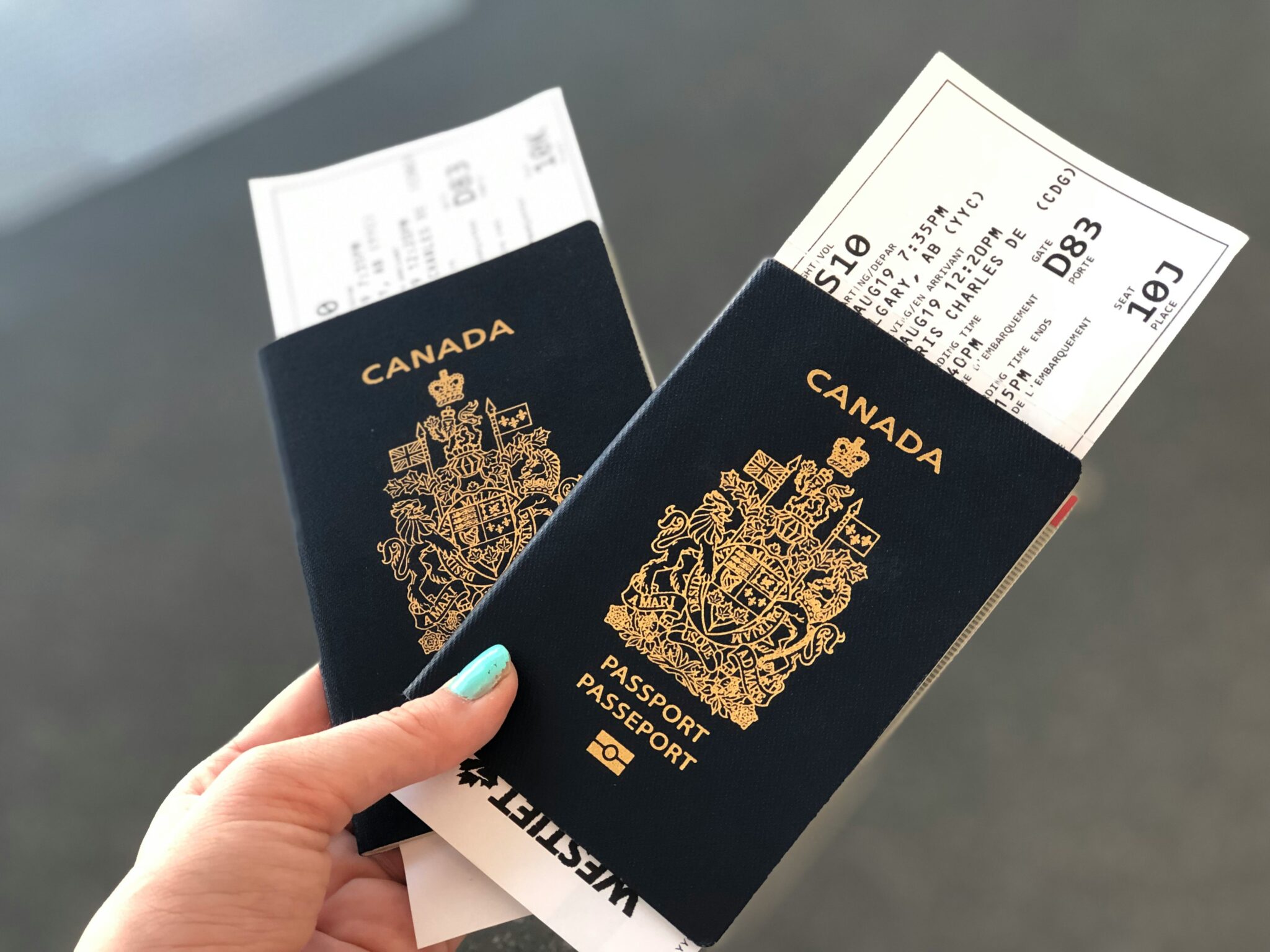National Parks Push Forward on Plastic Limits Despite Political Tussles

Skift Take
Many Americans back in 2011 had never heard the phrase "single-use plastics", and the concern over plastics' impact on oceans and wildlife had yet to become a topic of daily conversation.
Nonetheless, the Obama administration implemented a policy aimed at limiting plastic water bottles in major national parks, letting park superintendents figure out how to do so.
The limits were aimed at 23 of the 417 parks, which collectively attract more than 300 million visitors per year.
"When the Park Service started to put the ban in place, it was a big moment," said Sarah Barmayer, senior managing director of conservation programs for the National
Parks Conservation Association. The nonprofit group, founded in 1919, is designed to be a citizens' watchdog for the National Park Service.
Rather than winning approval from parks users, the policy initially caused some confusion over whether visitors could find water, let alone a safe and reliable supply, especially in more remote areas. "I think that scared people a little bit," she said.
But the parks subsequently sought ways to provide alternatives to the bottled water sold in park shops. That meant partnering with local water systems, installing drinking fountains, water bottle filling stations, and convincing visitors that "you can get great sources of water," she said.
Once things settled down, the limits turned out to have an enormous impact on plastics in the parks, according to an internal National Park Service memo in 2017. The ban resulted in yearly savings of about 2 million water bottles and prevented up to 112,000 pounds of plastic from being sold and discarded at the parks.
By the time the memo became public, however, the ban was a thing of the past.
President Donald Trump rescinded the water bottle limits in 2017, after years of lobbying by representatives of the increasingly powerful bottled water industry.
The Beverage Marketing Corporation, an industry trade group, estimates sales of bottled water, currently about $17 billion a year, could rise to about $24 billion a year by 2022, equal to 50 gallons of bottled water per capita.
When the limits were lifted, the International Bottled Water Association applauded the step, calling the policy "seriously flawed."
At the time, the Park Service said the limits had removed the healthiest choice of beverages from the parks, which continued to offer sugary drinks.
"While we will continue to encourage the use of free water bottle filling stations as appropriate, ultimately it should be up to our visitors to decide how best to keep themselves and their families hydrated during a visit to a national park, particularly during hot summer visitation periods," said then-Acting National Park Service Director Michael T. Reynolds.
Although environmental advocates have pushed for the limits to return, they have yet to be reinstated, even though Democrats introduced legislation this fall to do so.
Instead, efforts are under way by advocates for the national parks to heighten consumer awareness about the damage plastics cause to the landscape and wildlife in the parks.
The education effort is accompanied by a partnership between NPCA and the automaker Subaru called the Zero Landfill Initiative aimed at reducing waste by as much as 60 percent. The project, which began in 2014, involves three of the most visited parks — Denali, Yosemite, and Grand Teton — and is meant to divert as much trash as possible from landfills, said Mark Wenzler, the NPCA's senior vice president of conservation programs.
The project was meant to enhance the recycling and other green steps that the park service has taken for years. "The parks just don't get enough funding to carry out plans like that," he said.
The focus is on every aspect of the way the participating parks are run, including the concessionaires who operate cafes, campgrounds, and lodges at the parks, he said. It's more likely that a park visitor will come in contact with a vendor than a ranger.
"Plastic is the issue we're going to have to approach all throughout everything," said Wenzler.
The focus isn't only at national parks, however. State officials are taking steps of their own.
One of the most dramatic efforts is in New York State, which approved a plastic bag ban in the spring of 2019. It's one of eight states to have implemented a plastic bag ban, the others being California, Connecticut, Delaware, Hawaii, Maine, Oregon, and Vermont.
The New York state ban takes effect in March.
The parks policy is administered by the New York State Office of Parks, Recreation and Historic Preservation (OPRHP), which oversees all manner of outdoor areas and buildings.
"OPRHP recognizes that plastic product pollution causes significant environmental harm, poses a health hazard to human, wild, and marine life, and creates an aesthetic blight," the policy states.
It bans the sale and distribution of single-use plastic bags, straws, stirrers, portion control packets (such as condiment packets), and polystyrene by vendors at all OPRHP facilities. Educational efforts also are under way.
The policy doesn't prevent patrons from bringing single-use plastics into the New York State facilities, but it encourages them to take anything they brought with them when they leave.
There are other individual efforts under way at parks from Virginia to Hawaii, California to Texas.
At all these parks, the NPCA's Barmayer believed that young visitors are likely to push for action on plastics. "I've got two young kids who like to tell me what to do," she said.
And as fears spread about the impact of plastics on ocean life, the concern will affect national parks, which can be found on every U.S. coastline as well as the Great Lakes.
"The oceans can feel remote, but the plastic bottle issue is something people feel they can do something about," she said.
Wenzler added, "My dream is that the national parks will be the most sustainable places in America."
Skift’s in-depth reporting on climate issues is made possible through the financial support of Intrepid Travel. This backing allows Skift to bring you high-quality journalism on one of the most important topics facing our planet today. Intrepid is not involved in any decisions made by Skift’s editorial team.




